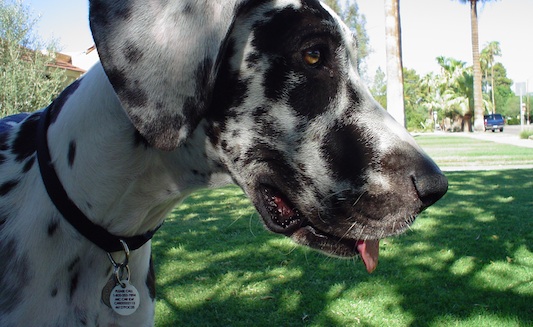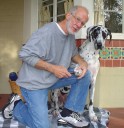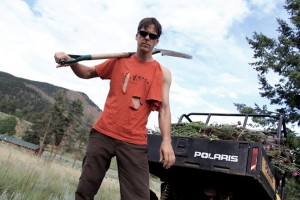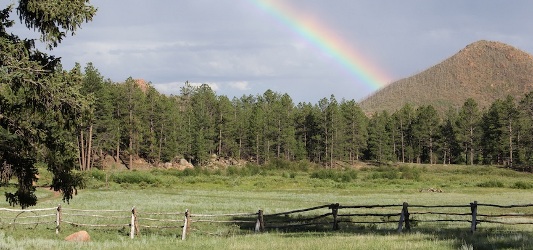In the Void of Education – Part 4
This topic starts with In the Void of Education, Part 1 and follows Part 3.
My adopted son Bernard Masai, whom I met in 2007 when working at an orphanage in Nakuru, is now in his second year at Mount Kenya University where he is studying Community Health. His class is regularly involved in field work, hands-on assessment and intervention in the real-world issues of communicable disease and personal hygiene. He has shared a few of these stories with me, his more recent as follows:
Do people have facts and experiences on some encounters? And if they have, do they forget to practice or assume them? Those who assume, are they ready to learn and change for their own good? Do the knowledgeable ones teach less knowledgeable ones?
Kai I would like to share with you one of my first encounters while I was on field work for my university. [I]t has been a long and very encouraging one. I know very well that my profession grants me a sound, full mind to educate the public on various diseases.
Kai, you know that HIV/AIDS has no cure, [but I met] two women who are HIV/AIDS reactive (positive) [who] have been using Arithroviral drugs for two years now.
Last month here in Nakuru there [was] a big Crusade where thousands of Christians [from] all over the world did attend. The theme of the crusade was “God curing people having AIDS.” [P]eople using the ARV drugs abandoned them, claiming they will all [be] healed.
Kai I am not opposing Faith, but I cautioned the few and I taught them on how viruses works on our immune system. I proceeded teaching them on how the ARVs operate in people having HIV/AIDS disease … those using it should not abandon them as some were intending.
Some saw [the] sense in what I was saying [but] the rest ignored me. They were almost viewing me as a big demon. [I am] sorry to say, but two weeks down the line those who abandoned the drugs were bedridden and one died. [M]y view is if these people would have [accepted] the facts of science, [they] would not have died.
Some people are not willing to learn … but I would in my life stand a chance of educating those who are willing. It is not the matter of being against their Faith but this is reality. Having a wider knowledge on research is very [valuable]. I am not yet a professor but I am trying to access knowledge [from] all sources to avoid telling people short stories that will [cause] them to die.
It is my joy when people read and gets [these] facts. This will really change some people’s way of thinking.


















